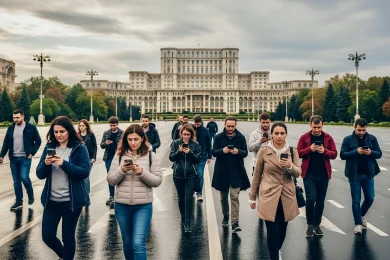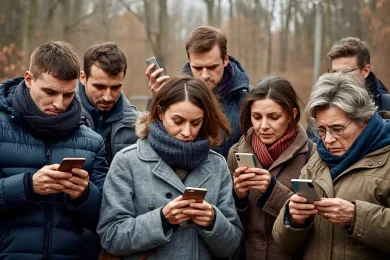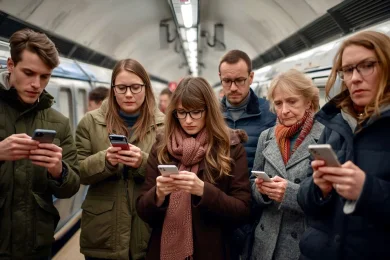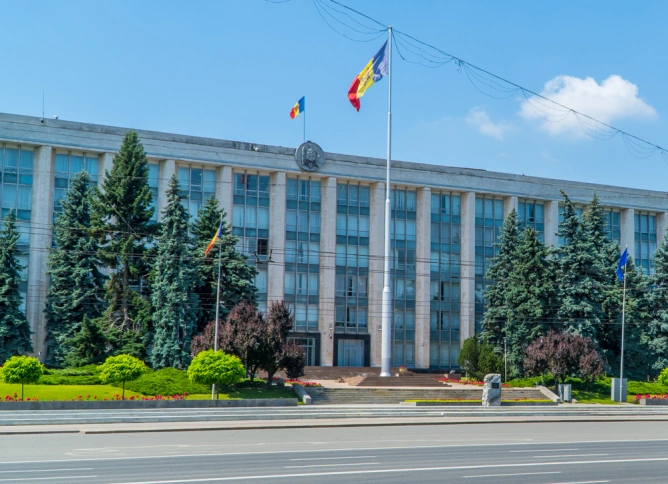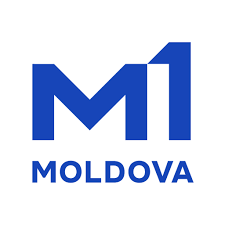
The political scene in Romania is still going through a period of turmoil and uncertainty after the presidential elections, amid a difficult budgetary situation, negotiations to form a new government majority and the discussion of measures needed to reduce the deficit. These issues, which dominate the public debate, are compounded by developments related to the realignment of power relations within and between parties. USR and PNL are due to organize congresses in the next few days to elect full leaderships, and the first candidates have been announced, while in the opposition, the departure of parliamentarians continues, with the SOS Romania party having been affected by this phenomenon in recent days.
All these movements are also reflected in the visibility of the parties in the relevant online sources, where developments - either increases or decreases - are influenced by one-off events. According to data aggregated through NewsVibe, an advanced media intelligence tool with AI support, compared to the previous week, there were increases in the number of mentions for PNL, USR and SOS Romania, while PSD and AUR marked new episodes of regression. The steepest fall was for AUR, down almost 60%. After the presidential elections, whose final round was lost by George Simion, the attention paid to this party in the relevant online sources continues to steadily decline.
Top 5 parties by online visibility
- Social Democratic Party - 2,620 mentions
- National Liberal Party - 1,982 mentions
- Save Romania Union - 1,621 mentions
- Alianța pentru Unirea Românilor - 616 mentions
- SOS Romania - 332 mentions
Note - only mentions from relevant online and social media sources (sources validated by the NewsVibe platform)
ComPARATORY VISIBILITY AND IMPACT. The competitive analysis engine created by NewsVibe evaluates the strength of political actors to penetrate the online space, directly compared to their competitors.
Although mentions of PSD and PNL account for 37% and 28% of the total, their estimated impact is lower: 32% for PSD and 25% for PNL. In contrast, mentions of AUR and SOS Romania - which account for only 9% and 5% of the total respectively - generate an estimated impact of 13% and 6% respectively, which suggests that these mentions are published in online sources with large audiences. In the case of the USR, there is a correspondence between the share of mentions and their estimated impact on the total.
These data confirm, once again, the massive drop in AUR in recent weeks. Before the second round of the presidential election, the AUR generated around 50% of all mentions of the parties, with a similar impact.
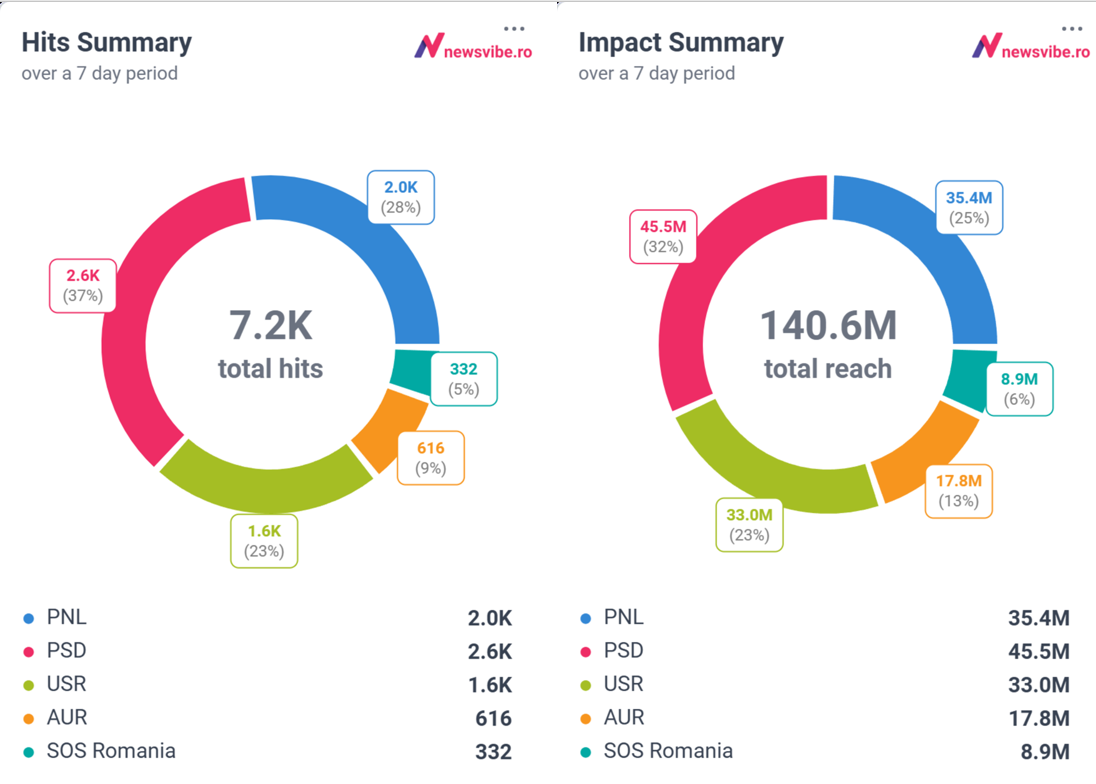
NewsVibe charts. Share of the number of mentions (left) and impact of mentions (right) about each of the parties, respectively, of the cumulative total of mentions about all five
NETWORK ANALYSIS. The tool created by NewsVibe - semantic network analysis - highlights, in a visually intuitive format, the connections between actors, themes and concepts, allowing to understand the relationships between topics and personalities, based on their co-appearance in the mentions collected from the most influential online sources in Romania. NewsVibe applies advanced methods of artificial intelligence and machine learning to build interaction maps that highlight: the central actors of a conversation, how they are connected to each other, the clusters of topics and entities that have formed around a topic.
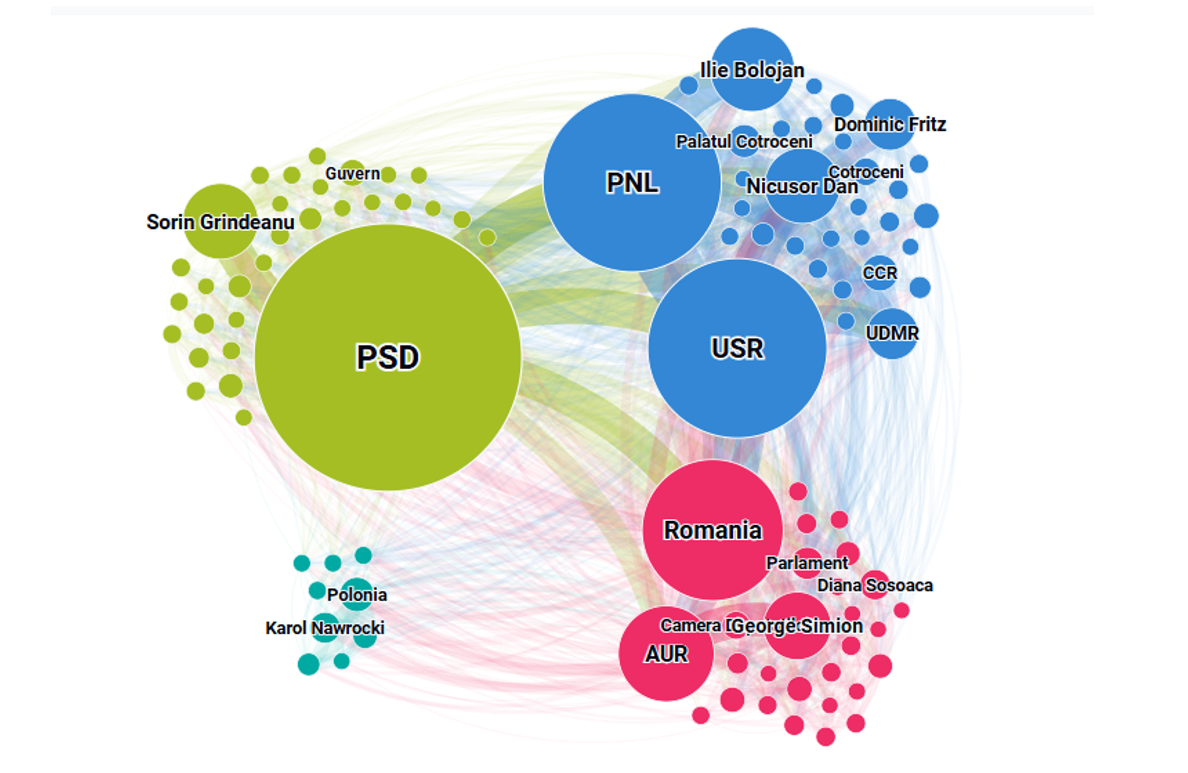
Grafic NewsVibe. Semantic network semantics associated with online conversation about the main 5 parliamentary parties in the last week
What does the analysis tell us about the parties?
- PSD - the strongest network node, with connections to multiple issues. PSD dominates the party conversation network, with a high density of associated nodes and a clear connection to topics such as "Government" and leaders such as Sorin Grindeanu. This visibility reflects the PSD's active involvement in negotiations to form a new majority and the increased interest of online sources in its role in the next government.
- PNL - cluster with solid visibility and openness towards USR and Nicușor Dan. PNL has a well-defined cluster, in which names such as Ilie Bolojan, Nicușor Dan and the Cotroceni Palace appear frequently. The network indicates a growing interest in the possible future leadership of the party, but also in its positioning in relation to the presidency and participation in government. The multiple connections between PNL and USR suggest a constant association in the public discourse, probably fueled by scenarios of a potential coalition. USR is present in this cluster, being linked to both institutional themes (CCR, UDMR) and visible figures such as Dominic Fritz.
- AUR - concentration around contestatory narratives and internal issues of sovereignist parties. The AUR cluster is concentrated around themes such as "Parliament", "Chamber of Deputies", and names such as George Simion and Diana Șoșoaca, suggesting a continuation of anti-system rhetoric and contestation of the legitimacy of elections, along with internal problems of the sovereignist party zone (departures of MPs). Although visible, this cluster is more isolated from the others, with fewer significant connections to PSD or PNL, which also confirms the gradual withdrawal of AUR from the central zone of online conversation.
- Poland cluster - generated by dynamics around USR and AUR. A distinct cluster associated with Poland and Karol Nawrocki appears in the lower left corner of the graph. Although visually separate, this cluster was generated by the frequent references and comparisons that appeared in statements from the USR and AUR area, in relation to the election result and consevatory or pro-European values, as the case may be.
There is a relatively intense interconnection between PSD, PNL and USR, which reflects the ongoing political positioning and negotiations. In contrast, AUR is more isolated, and its interaction with the other clusters is lower, a sign of a decrease in relevance in the online conversation of the moment. At the same time, the existence of the cluster on Poland shows that some external topics manage to capture attention and integrate into domestic narratives due to the post-election context.
SENTIMENT. The NewsVibe platform has created an advanced sentiment analysis system that uses artificial intelligence, specially trained algorithms, and LLM-like language models to detect nuances of tone - favorable, unfavorable, or neutral - in the context of references to entities relevant to an online conversation.
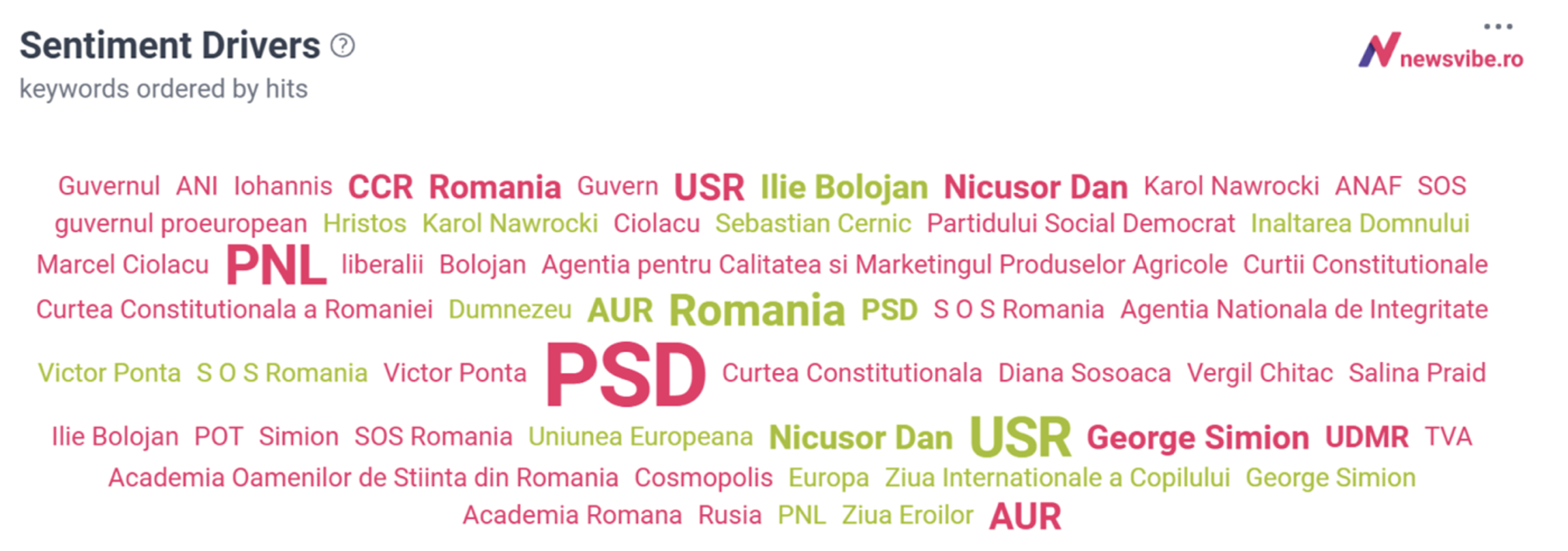
Grafic NewsVibe. Automated online conversation tone ratings of the main 5 parliamentary parties by week
PSD, AUR and George Simion are clearly highlighted in bright red, a sign that they are more frequently mentioned in contexts dominated by criticism, tension or discontent. These are most likely fueled by post-election reactions, internal disputes and comments about the role played in recent political events.
PNL also appears with a predominantly red coloration, reflecting the fact that it is mentioned in contexts marked by tension.
Nicușor Dan is mentioned, relatively balanced, with both positive and negative tones, indicating a polarization of the discourse: on the one hand, evaluations marked by the enthusiasm generated by the election victory and the hopes related to the beginning of the mandate, and on the other hand, the appearance of critical or tense reactions regarding the assumed directions, as well as controversial topics.
USR, Ilie Bolojan, but also generic terms such as Romania or European Union, appear in green, suggesting a generally favorable tone of the contexts in which they are mentioned during this period.
On the whole, the chart highlights that, at a time of governmental reconfiguration, perceptions in the online space are already strained. The actors associated with the decision and the government - PSD, PNL - are embedded in discourses dominated by a negative tone, while actors such as Ilie Bolojan, USR and (to a lesser extent) Nicușor Dan benefit from positive framing.
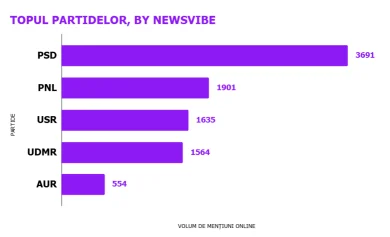

.webp)
